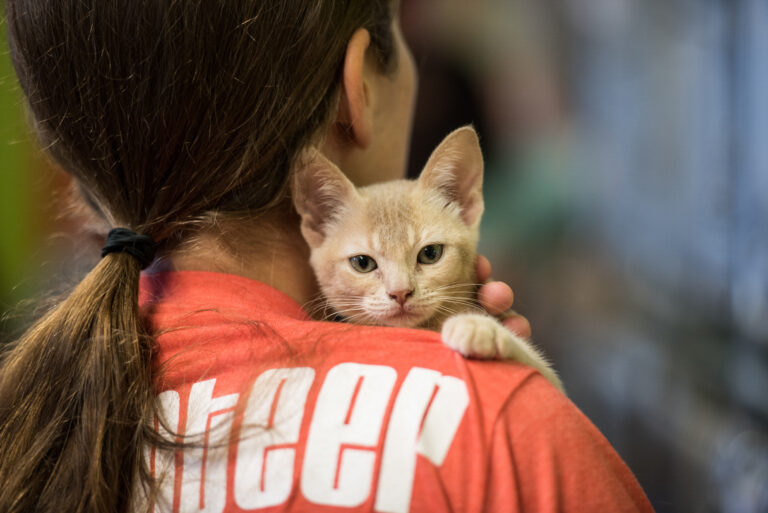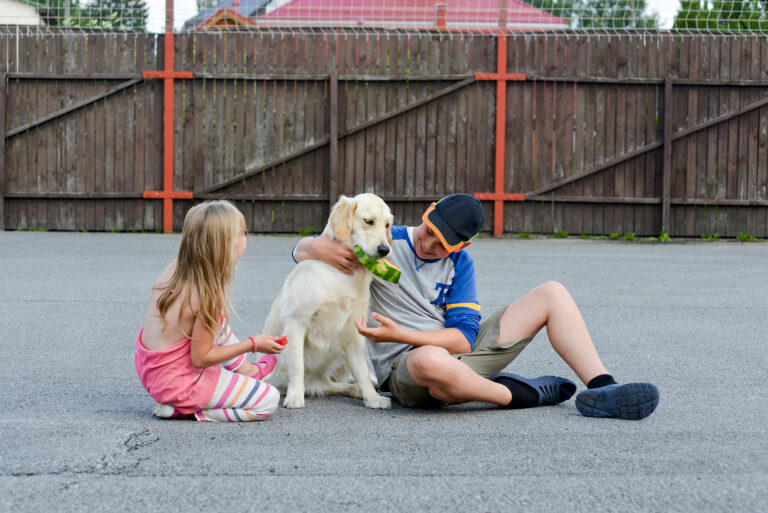Camping is a fantastic way to bond with your puppy while exposing them to new sights, sounds, and smells. For many dog owners, taking their pup on outdoor adventures is a cherished goal—but introducing a young dog to camping requires careful planning. Puppies are naturally curious but can easily become overwhelmed without proper preparation.
Bringing your puppy on a camping trip can be a positive experience, setting the stage for a lifetime of outdoor fun. Here’s how to safely and enjoyably introduce your puppy to the great outdoors while ensuring their comfort and well-being.
Table of Contents
Is Your Puppy Ready for Camping?
Before planning your trip, assess whether your puppy is ready for the camping environment. Generally, it’s best to wait until your pup is at least four to five months old, with basic training and socialization already underway. By this age, they’ve had key vaccinations to protect against diseases they may encounter outdoors.
Additionally, your puppy should be somewhat accustomed to leash walking, responding to commands like “come” and “stay,” and have crate familiarity. Starting with a backyard camping night or short day hikes can help gauge their readiness.
What to Pack for Your Puppy
Bringing the right gear makes all the difference when camping with a young dog. Your puppy’s camping essentials should include:
- A comfortable, secure crate or travel kennel for sleeping and downtime
- Plenty of food, treats, and collapsible food/water bowls
- Fresh water supply, as natural sources may be unsafe
- Leash, harness, and stake-out line to keep your puppy safely tethered
- Cozy blankets or a travel bed
- Waste bags for cleaning up after your pup
- Puppy-safe insect repellent and tick/flea preventatives
- Chew toys and familiar items to reduce anxiety
- First-aid kit with puppy-safe supplies
Packing these essentials ensures your puppy’s comfort, safety, and well-being during your adventure.
Choosing the Right Campsite
Not all campgrounds are puppy-friendly, so research your options before booking. Look for dog-friendly campsites that allow pets on leashes and offer amenities like designated dog walking areas or nearby trails. Opt for a site that’s relatively quiet and not overly crowded to minimize stress and distractions.
Also, check local regulations and ensure dogs are allowed on nearby trails or in specific areas of the park. Avoid campsites with hazardous terrain, heavy wildlife traffic, or extreme weather conditions that could make the experience uncomfortable or unsafe for a young dog.
Introducing Your Puppy to the Camping Environment
A camping trip introduces your puppy to a host of new stimuli—unfamiliar smells, wildlife noises, and outdoor activities. The key to a positive experience is easing them into it gradually.
When you first arrive, allow your puppy to sniff around the campsite while on a leash, giving them time to process the new environment. Set up their crate or designated sleeping space early, so they have a familiar, secure spot to retreat to.
Monitor your puppy’s behavior closely. Some may be excited and eager to explore, while others may feel unsure or anxious. Offer plenty of positive reinforcement, treats, and praise when they remain calm and well-behaved.
Keeping Your Puppy Safe While Camping
Puppies are naturally curious, but the outdoors presents specific dangers. Always supervise your puppy closely and never leave them unattended.
Keep them on a leash or tethered line at all times to prevent wandering off, encountering wildlife, or getting into harmful plants or objects. Be cautious of campfire areas, sharp rocks, or any campsite hazards.
Puppies are also more susceptible to temperature extremes. Provide plenty of shade and water in warm weather, and keep them warm and dry during chilly nights. Check their paws regularly, as rough terrain can cause discomfort or injury.
Training Opportunities While Camping
Camping provides excellent opportunities to reinforce basic training skills. Practice commands like “stay,” “come,” and “leave it” in a real-world setting, rewarding your puppy for focus and obedience.
You can also introduce trail manners by teaching your puppy to walk politely on a leash and ignore distractions like other campers, dogs, or wildlife. Early positive experiences in nature help shape your dog into a well-mannered, confident camping companion.
Managing Nighttime Routine
The first night outdoors may feel strange for your puppy. Stick to their regular feeding, potty, and bedtime schedule as much as possible. Bring familiar bedding and toys to create a sense of normalcy.
Consider keeping their crate close to your sleeping area, whether inside a tent or in a vehicle, so they feel secure knowing you’re nearby.
In Conclusion

Camping with a puppy can be a rewarding experience that lays the foundation for future adventures. By preparing properly, introducing your puppy to the camping environment gradually, and prioritizing their safety and comfort, you’ll help ensure the trip is enjoyable for both you and your young dog.
With positive reinforcement, a well-packed gear list, and careful supervision, your puppy will soon learn to love the great outdoors as much as you do.







